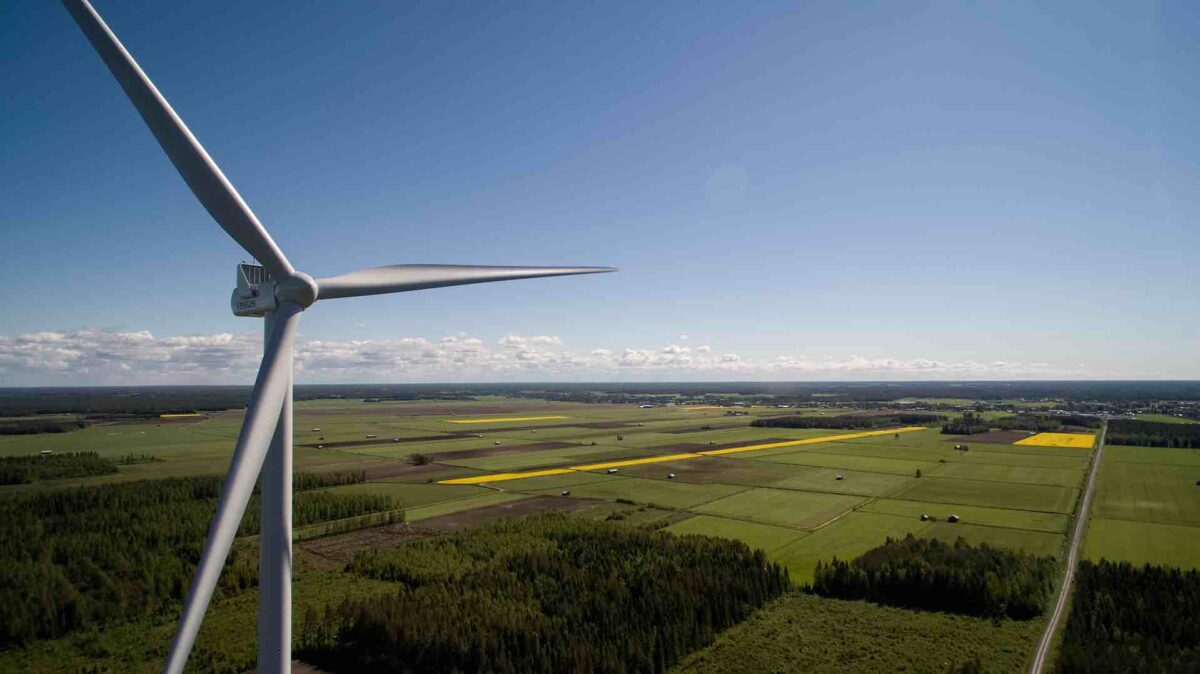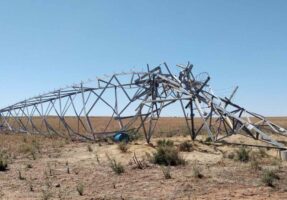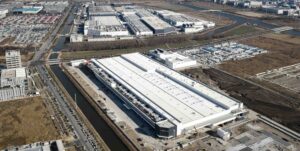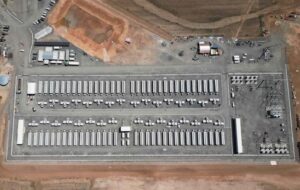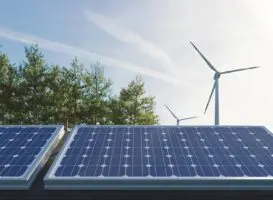The Australian Energy Market Operator has been given additional funds to help fast-track connections of key wind, solar and battery projects in the country’s main grid, and ensure many of them are operating in time for the next summer.
State and federal energy ministers decided on Friday to establish a program to accelerate the connection processes. AEMO has been given an extra $3 million to deploy additional resources to support NEM projects that are targeting connection for the 2023-24 summer.
“There’s a lot of investment into our grid, a lot of good work occurring in renewable transmission, but some of it is encountering delays in being connected to the grid, receiving approvals to connect to the grid,” federal energy minister Chris Bowen told journalists after the ministerial meeting in Alice Springs.
“So we’ve agreed to increase resources jointly between the Commonwealth and the states for AEMO now to get that work done more quickly, particularly overcoming months to ensure we have maximum capacity in the lead‑up to next summer.
“This is good work, it’s important work; it will see a rise in AEMO’s resources of about $3 million.”
RenewEconomy understands from government sources that the program will target several “key” projects, and provide additional staffing, as part of a trial “to do things differently” that could be extended to other projects and form a blueprint for the future.
There are a number of new projects that have completed, or are about to complete, construction and which hope to connect to the grid before the summer.
These include battery storage projects such as Darlington Point/Riverina (150MW/300MWh), Capital (100MW/200MWh), Hazelwood (150MW/150MWh), Tailem Bend (45MW/45MWh), Broken Hill (50MW/50MWh) and Bouldercombe (50MW/100MWh), and a large number of wind and solar projects at various stages of construction.
This coming summer could also face additional challenges for the grid operator given the forecast potential of an El Nino, with its implications for hot weather, potential fossil fuel breakdowns, and changing weather patterns.
Delays in grid connections have been a common and ongoing complaint from the developers of wind, solar and storage developers in Australia for many years.
Some projects have suffered delays of several years, although the reasons vary between the sheer number of projects, the complexity of modelling, defects in equipment or construction, and overworked and understaffed teams at various network companies and AEMO itself.
Long term problems over the connection process are being addressed through a joint initiative between AEMO and the industry itself, with one important rule change that will seek to add clarity to the registration process being released last week.
A more detailed roadmap outlining further solutions is expected to be released this week – this will include issues around the addition of storage, dealing with inertia and system strength in different parts of the grid, and a simplification of the modelling process.
Australia needs to add some 36GW of new wind and solar and another 9GW of “firming capacity”, mostly storage, over the next seven years if it is to reach the federal Labor government’s stated target of 82 per cent renewables by 2030.
Australia will need to go at least that speed to be consistent with 1.5°C climate targets, but the issues of connection, and the lack of grid capacity and the growing delays and costs over new transmission projects is adding to the challenge.
The NSW government – whose renewable infrastructure roadmap is being adopted as a sort of national blueprint – is forging ahead with auctions for new wind, solar and storage projects, but new transmission infrastructure for its renewable energy zones is not expected for another few years.
State governments have been trying to break down some of the barriers to new transmission projects by significantly hiking the payments to landowners who will host the new towers. In Queensland last week, this was lifted to new heights, and will include near neighbours for the first time.
The energy ministers also approved progress on a new emissions reduction objective for the National Electricity Market that would allow regulators to consider climate targets, rather than strict economic factors, when considering new project approvals, including transmission.
It is expected that new legislation will pass through the South Australian parliament in time for the new objective to take effect from September this year.

